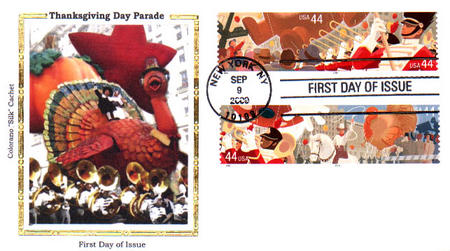
# 4417 - 2009 44c Thanksgiving Day Parade: The Crowd
Thanksgiving Day Parade
The Crowd
Issue Date: September 9, 2009
City: New York, NY
In the 1920s, many of Macy’s Department Store employees were first-generation immigrants. They wanted to give thanks for their new life in America with a traditional celebration from their European homeland – a parade.
They held the first Thanksgiving Day Parade in New York City in 1924. The pageant featured store employees dressed as clowns and cowboys, with bands and live animals. The procession ended, as it has ever since, with a float carrying Santa Claus into Herald Square, signaling the transition to the Christmas season. Over a quarter of a million smiling faces watched the parade its first year. It was hailed a success and declared an annual event.
The number of spectators increased each year and grew to one million by the Depression years. The parade was postponed during World War II. In 1945, the soldiers came home and people lined the streets again to see the first postwar parade.
The audience became national in 1948 when the parade was broadcast from coast to coast. People from around the country could watch the festivities.
The Thanksgiving Day Parade has become an American tradition. Today, 3 million people line the streets of Manhattan and another 44 million watch the pageantry on television.
Washington & Lincoln’s Thanksgiving Celebrations
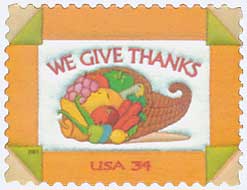
On November 26, 1789, the nation celebrated Thanksgiving for the first time under a presidential proclamation. Decades later, President Lincoln issued a similar proclamation that made the holiday permanent.
Though colonists had held harvest celebrations of thanks since the 1600s, it wasn’t an official holiday celebrated everywhere at the same time. Rather, it was celebrated in different places, at different times, and for different reasons.
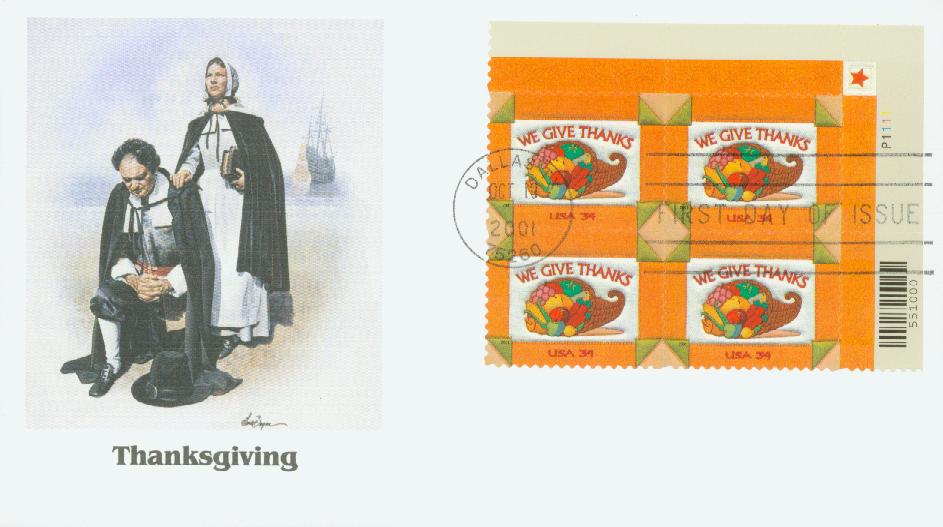
That changed in 1789. On September 25, Elias Boudinot presented a resolution to the House of Representatives asking that President Washington “recommend to the people of the United States a day of public thanksgiving and prayer… [for] the many signal favors of Almighty God.”
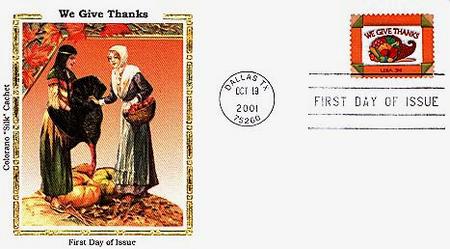
Congress approved the resolution and appointed a committee to approach Washington. Washington agreed and issued his proclamation on October 3. In it, he asked all Americans to observe November 26 as a day to give thanks to God for their victory in the Revolution as well as their establishment of a Constitution and government. He then gave it to the governors of each state and asked them to publish it for all to see. (You can read Washington’s proclamation here.)
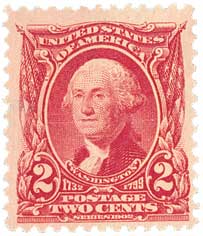
Washington’s proclamation was then printed in newspapers around the country, leading to public celebrations of Thanksgiving on November 26. For his part, President Washington attended services at St. Paul’s Chapel in New York City and donated beer and food to those in debtors’ prisons.
In the years that followed, Presidents John Adams and James Madison issued similar proclamations, but none were permanent. In 1817, New York officially established an annual Thanksgiving holiday. Other northern states followed suit, though they weren’t all on the same day. Some presidents, such as Thomas Jefferson, opposed the proclamations. He believed it was contradictory to the nation’s beliefs in the separation of church and state.
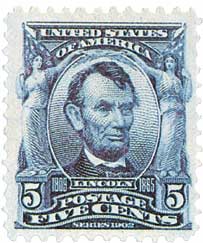
Sarah Josepha Hale (famous for the nursery rhyme “Mary Had a Little Lamb”) began a rigorous campaign in 1827 to make Thanksgiving a national holiday. She published articles and wrote letters to countless politicians, to no avail. Finally, in 1863, at the height of the Civil War, President Lincoln received one of her letters and was inspired.
On October 3, Lincoln issued his own proclamation, establishing the last Thursday of November as a day of Thanksgiving. In particular, to pray for those who lost loved ones in the war and to “heal the wounds of the nation.” (You can read Lincoln’s proclamation here.) The first Thanksgiving celebrated under Lincoln’s proclamation was that year on November 26.

Thanksgiving continued to be celebrated on the last Thursday of November until 1939, when President Franklin Roosevelt moved it up a week to increase retail sales during the Great Depression. Americans were outraged and dubbed it “Franksgiving.” Two years later, he reversed his policy and signed a bill making Thanksgiving the fourth Thursday of November, as it has remained ever since.
Thanksgiving Day Parade
The Crowd
Issue Date: September 9, 2009
City: New York, NY
In the 1920s, many of Macy’s Department Store employees were first-generation immigrants. They wanted to give thanks for their new life in America with a traditional celebration from their European homeland – a parade.
They held the first Thanksgiving Day Parade in New York City in 1924. The pageant featured store employees dressed as clowns and cowboys, with bands and live animals. The procession ended, as it has ever since, with a float carrying Santa Claus into Herald Square, signaling the transition to the Christmas season. Over a quarter of a million smiling faces watched the parade its first year. It was hailed a success and declared an annual event.
The number of spectators increased each year and grew to one million by the Depression years. The parade was postponed during World War II. In 1945, the soldiers came home and people lined the streets again to see the first postwar parade.
The audience became national in 1948 when the parade was broadcast from coast to coast. People from around the country could watch the festivities.
The Thanksgiving Day Parade has become an American tradition. Today, 3 million people line the streets of Manhattan and another 44 million watch the pageantry on television.
Washington & Lincoln’s Thanksgiving Celebrations

On November 26, 1789, the nation celebrated Thanksgiving for the first time under a presidential proclamation. Decades later, President Lincoln issued a similar proclamation that made the holiday permanent.
Though colonists had held harvest celebrations of thanks since the 1600s, it wasn’t an official holiday celebrated everywhere at the same time. Rather, it was celebrated in different places, at different times, and for different reasons.

That changed in 1789. On September 25, Elias Boudinot presented a resolution to the House of Representatives asking that President Washington “recommend to the people of the United States a day of public thanksgiving and prayer… [for] the many signal favors of Almighty God.”

Congress approved the resolution and appointed a committee to approach Washington. Washington agreed and issued his proclamation on October 3. In it, he asked all Americans to observe November 26 as a day to give thanks to God for their victory in the Revolution as well as their establishment of a Constitution and government. He then gave it to the governors of each state and asked them to publish it for all to see. (You can read Washington’s proclamation here.)

Washington’s proclamation was then printed in newspapers around the country, leading to public celebrations of Thanksgiving on November 26. For his part, President Washington attended services at St. Paul’s Chapel in New York City and donated beer and food to those in debtors’ prisons.
In the years that followed, Presidents John Adams and James Madison issued similar proclamations, but none were permanent. In 1817, New York officially established an annual Thanksgiving holiday. Other northern states followed suit, though they weren’t all on the same day. Some presidents, such as Thomas Jefferson, opposed the proclamations. He believed it was contradictory to the nation’s beliefs in the separation of church and state.

Sarah Josepha Hale (famous for the nursery rhyme “Mary Had a Little Lamb”) began a rigorous campaign in 1827 to make Thanksgiving a national holiday. She published articles and wrote letters to countless politicians, to no avail. Finally, in 1863, at the height of the Civil War, President Lincoln received one of her letters and was inspired.
On October 3, Lincoln issued his own proclamation, establishing the last Thursday of November as a day of Thanksgiving. In particular, to pray for those who lost loved ones in the war and to “heal the wounds of the nation.” (You can read Lincoln’s proclamation here.) The first Thanksgiving celebrated under Lincoln’s proclamation was that year on November 26.

Thanksgiving continued to be celebrated on the last Thursday of November until 1939, when President Franklin Roosevelt moved it up a week to increase retail sales during the Great Depression. Americans were outraged and dubbed it “Franksgiving.” Two years later, he reversed his policy and signed a bill making Thanksgiving the fourth Thursday of November, as it has remained ever since.







